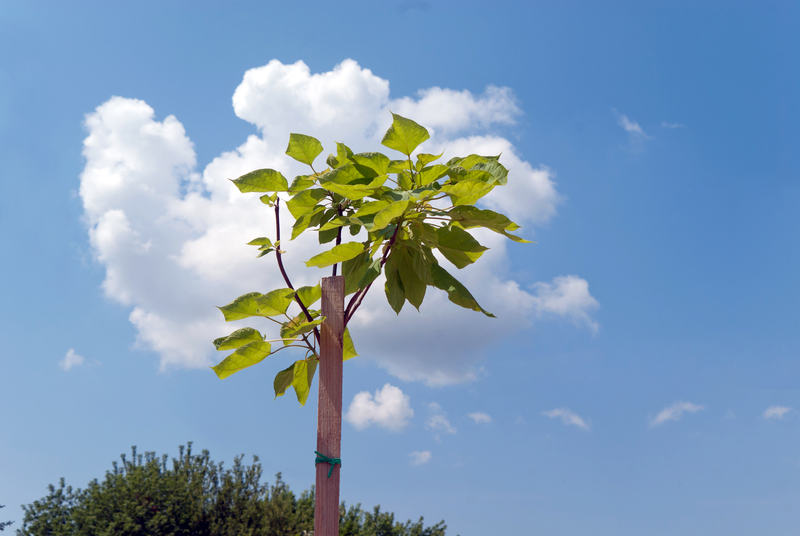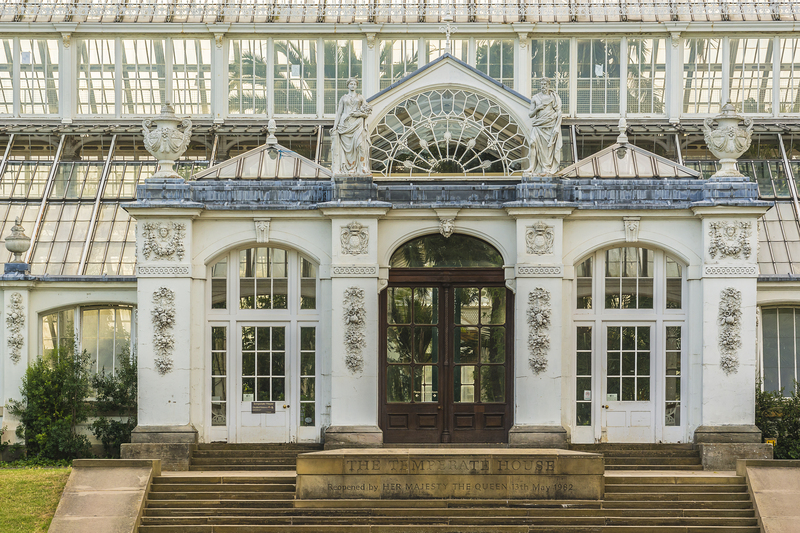Choosing the Right Plants for Your Indoor Garden
Posted on 18/09/2024

Indoor gardening has become increasingly popular as more people are looking for ways to bring nature into their homes. Whether you have limited outdoor space, live in a city or simply want to add some greenery to your living space, an indoor garden can be a great solution. But with so many plants to choose from, how do you know which ones are right for your indoor garden? In this article, we'll discuss the important factors to consider when selecting plants for your indoor garden and provide tips on how to make the most of your indoor gardening experience.
Factors to Consider When Choosing Plants for Your Indoor Garden
1. Lighting Requirements
One of the most important factors to consider when choosing plants for your indoor garden is their lighting requirements. Most plants need sunlight to survive, but not all of them require direct sunlight. Some plants can thrive in lower light conditions, while others need bright indirect light. Before purchasing any plants, it's important to assess the amount of natural light that enters your home and choose plants that will thrive in that environment.
2. Space Availability
The size of your indoor garden will also play a role in the type of plants you can choose. If you have limited space, opt for compact plants or ones that can be placed on shelves or hanging baskets. However, if you have ample space, you may be able to accommodate larger plants such as trees or tall shrubs.
3. Maintenance and Care
Different plants have different maintenance needs - some may require daily watering and pruning while others can survive with minimal care. If you have a busy lifestyle or don't have a green thumb, opt for low-maintenance plants like cacti, succulents or air plants.
4. Temperature and Humidity
Plants have specific temperature and humidity requirements that must be met for them to thrive. Some plants prefer warmer temperatures while others do well in cool environments. It's important to research the ideal temperature and humidity levels for your chosen plants and make sure they are suitable for your home.
5. Allergies
While plants can add beauty and freshness to a space, they may not be suitable for everyone. If you or anyone in your household has allergies, it's important to choose plants that are non-allergenic. Flowers with strong scents or plants with high pollen counts should be avoided.
Top Plants for Your Indoor Garden
1. Snake Plant
The snake plant, also known as the mother-in-law's tongue, is a low-maintenance plant that is perfect for beginners. It can tolerate low light and requires minimal watering, making it ideal for busy individuals.
2. Aloe Vera
Aloe vera is not only a popular houseplant but also has medicinal properties. This hardy succulent prefers bright indirect light and well-draining soil. It's perfect for those looking to add some greenery and healing benefits to their indoor garden.
3. Peace Lily
The peace lily is an elegant plant that can brighten up any room with its beautiful white flowers. It does well in low light conditions and helps purify the air, making it a great addition to any indoor garden.
4. Spider Plant
The spider plant is known for its long, spindly leaves that cascade beautifully from hanging baskets. It requires indirect sunlight and regular watering, making it a popular choice for indoor gardens.
5. Rubber Plant
The rubber plant is a stunning tree-like plant that can grow up to 8 feet tall indoors. It requires bright indirect light and moderate watering, but its glossy leaves make it a statement piece in any room.
Pros of Having an Indoor Garden
- Adds aesthetic appeal to any living space
- Improves air quality by reducing toxins and increasing oxygen levels
- Provides mental health benefits by reducing stress and improving mood
- Allows you to grow your own herbs, vegetables, and fruits for fresh and healthy eating
Cons of Having an Indoor Garden
- Requires regular maintenance and care
- May attract pests if not properly cared for
- Can be challenging to find the right plants for your environment
- Some plants may be toxic to pets or children
Tips for Maintaining Your Indoor Garden
1. Water your plants as needed - overwatering can be just as harmful as underwatering.
2. Regularly dust off your plants to keep their leaves clean and free from pests.
3. Fertilize your plants every few weeks to give them the necessary nutrients they need to thrive.
4. Rotate your plants regularly to ensure even growth and prevent leaning towards a light source.
5. Monitor the temperature and humidity levels in your home to provide the best environment for your plants.
Takeaways
An indoor garden can be a beautiful addition to any living space, but it requires careful consideration when choosing the right plants. Factors such as lighting requirements, space availability, maintenance needs, temperature, and allergies should all be taken into account. Low-maintenance plants like snake plant and aloe vera are great for beginners, while peace lilies and spider plants add beauty and air purification benefits. However, it's important to keep in mind the pros and cons of having an indoor garden and follow some simple tips to maintain healthy and thriving plants.
Conclusion
Creating an indoor garden is a rewarding experience that allows you to bring nature indoors and enhance your living space. By considering important factors such as lighting, space availability, maintenance needs, temperature, and allergies, you can choose the right plants that will thrive in your indoor environment. With proper care and maintenance, your indoor garden will not only add aesthetic appeal but also provide numerous health benefits for you and your household. So get started on creating your own little green oasis today!


